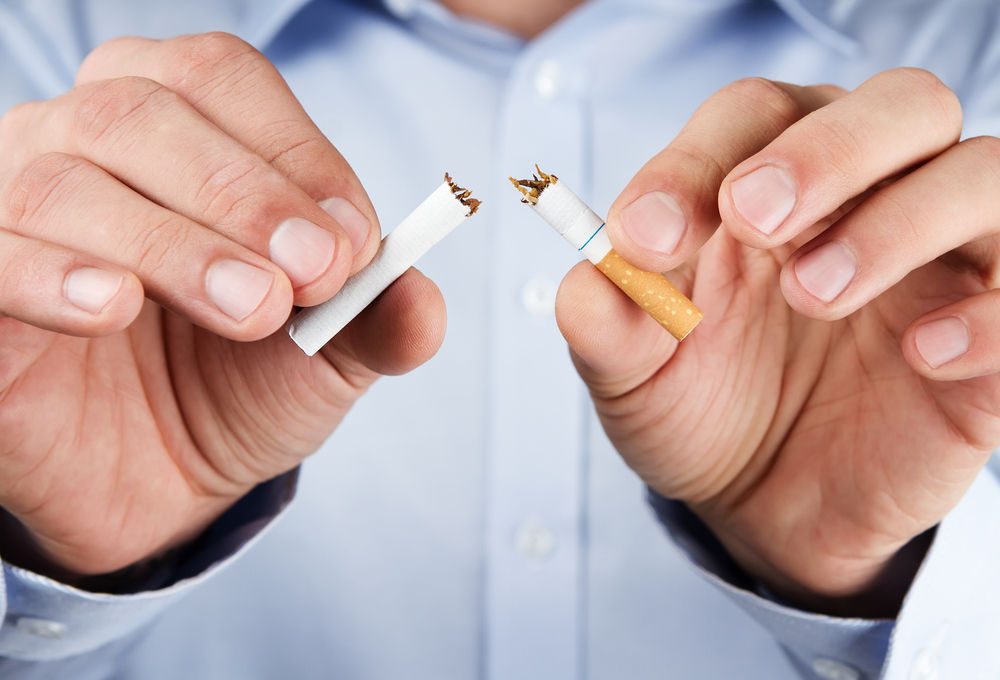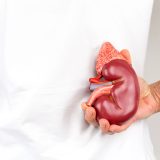

Smoking is a major health hazard that is totally avoidable. According to the Center for Disease Control, cigarette smoking contains over 600 ingredients, of which 69 are known to cause cancer and many others that are toxic.
The effects of smoking include the risk of:
- cancer, especially of the mouth, throat and esophagus
- emphysema
- gum disease
- bone loss that often results in tooth decay
- increased cholesterol – causing buildup in the arteries
- an increased risk of Type 2 diabetes
How to Quit Smoking
There are really only two basic methods to employ when you finally decide to quit smoking: you can quit all at once going “cold turkey,” or you can cut down on the number of cigarettes you smoke each day until you are no longer smoking.
Whichever approach you choose, here are eight tips to help you succeed once you pick a quit date!
- Identify your smoking triggers and create a plan for dealing with them. This may mean avoiding the friends you used to go smoke with at break time for a few weeks or going to non-smoking restaurants (some states have not created laws banning smoking in public places). It may mean having coffee back at your desk instead of sitting where you can simultaneously smoke, or avoiding bars and clubs for a few weeks.
- List your reasons for quitting, and write them down. There are many reasons to quit smoking: your health, your loved ones’ health…whiter teeth! It is also perfectly valid to quit smoking because it is a waste of money. For example, right now the average price of a pack of cigarettes in the U.S. is $8.39. The price of a pack a day ($8.39) times 365 days a year equals $255.20 per month and $3,062.35 a year. Quitting smoking is like getting a big raise to many people and, in states where the price per pack is higher, the savings is greater. For example, in New York, the average cost is $11.96 per pack, or $363.80 per month and $4,365.40 per year!
- Remove reminders of smoking such as ashtrays and lighters. Clean out your car, wash curtains and windows. Getting rid of the smells and reminders of smoking as much as possible helps you avoid cravings later. Most importantly of all: get rid of all cigarettes!
- Cravings last only 3-5 minutes on average. When cravings hit, wait 15 minutes for it to pass. The first few days can bring on cravings fast and furious, and often the only way through this time is sheer determination. This is the most difficult time in the quitting process and this is exactly why you want clear reasons for doing this written down. When you are in the midst of a craving a cigarette, it is easy to forget your reasons for quitting and begin to justify smoking in your mind, resulting in a “slip.” This is also why you want to get rid of smoking paraphernalia and all cigarettes so it is not easy to smoke during this time.
- Tell your friends and family so that they can support you and understand that you may need to avoid situations where others are smoking for a while.
- Know and understand the timeline to quitting smoking. The first few days are the most difficult by far, but severe cravings can hit any time during the first year as the body – and mind – adjusts. Understanding the body’s healing process over the first weeks, months and years can help to manage the process.
- There’s an App for that. There are Apps now that can aid in tracking the process of decreasing smoking and help you create a plan to quit. Some of these are: EasyQuit, Quit Tracker, and Smoke Free.
- Speak to your doctor. If quitting on your own is too difficult, there are a variety of nicotine replacement products available. There are several options including patches, gum, and lozenges in this category. Nicotine replacement products provide a small amount of nicotine to help you get through the day without reinforcing the habit of smoking and without the myriad of other harmful chemicals. There are also several prescriptions for other drugs that may help.




